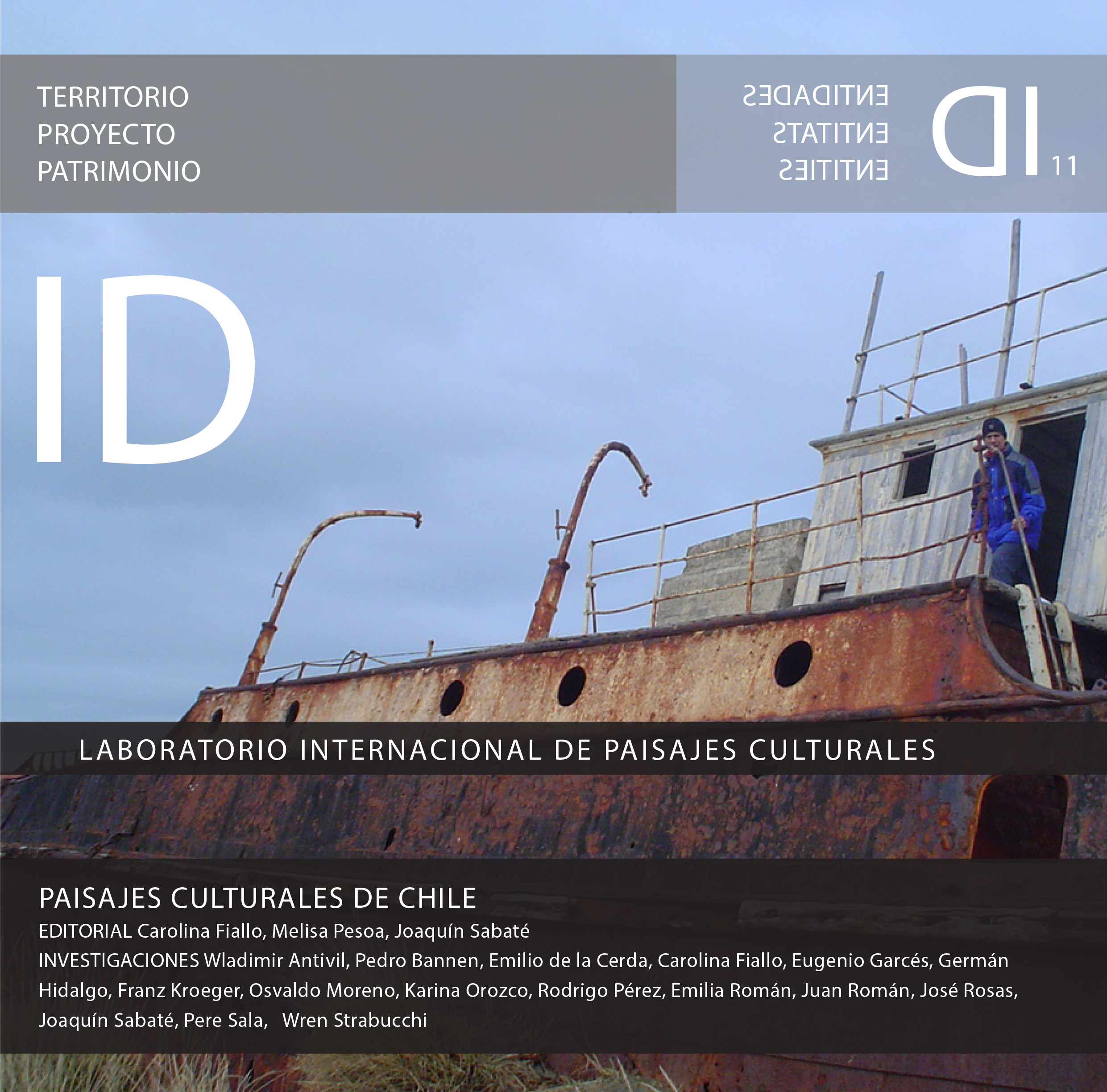TRAZOS SOBRE EL SUELO, CONSTRUCCIONES E INTANGIBLES
Aproximación a un paisaje mapuche en la Araucanía
DOI:
https://doi.org/10.5821/id.12019Abstract
The present article aims to approach the territory inhabited by Mapuche communities on the west of the city of Temuco from an architectural perspective. We reflect on two questions: the first, the traces derived from land division processes experienced by the Mapuche in the nineteenth century during the establishment of the State of Chile, and afterwards, in the eighties, when the divisions within the already existing settlements were legally recognized. The second refers to some recent registers, constructions that have been built within Mapuche communities and some landscape intangibles. The sum of all this leads us understanding the complexity of these territories and the importance of transformations that were made, despite being modest in terms of size and shape. In the same way, we will approach to an idea of Mapuche cultural landscape. The present work also suggests that the current image of this territory is a mixture of interventions by the State and the Mapuche communities.
Key words: Mapuche, territory, rural settlement, Araucania
Downloads
Published
Issue
Section
License
Copyright (c) 2023 Creative Commons

This work is licensed under a Creative Commons Attribution-NonCommercial-ShareAlike 4.0 International License.
Those authors who have publications with this journal, accept the following terms:
a. Authors will retain their copyright and guarantee the journal the right of first publication of their work, which will be simultaneously subject to the Creative Commons CC BY-NC-ND-4.0 recognition license that allows third parties to share the work provided that its author and its first publication are indicated in this journal, but they cannot be changed or used commercially.
b. Authors may adopt other non-exclusive license agreements for the distribution of the version of the published work (eg: deposit it in an institutional telematic archive or publish it in a monographic volume) provided that the initial publication in this journal is indicated.
c. Authors are allowed and recommended to disseminate their work through the Internet (e.g. in institutional telematic files or on their website) before and during the submission process, which can lead to interesting exchanges and increase citations. of the published work. (See The effect of open access).













